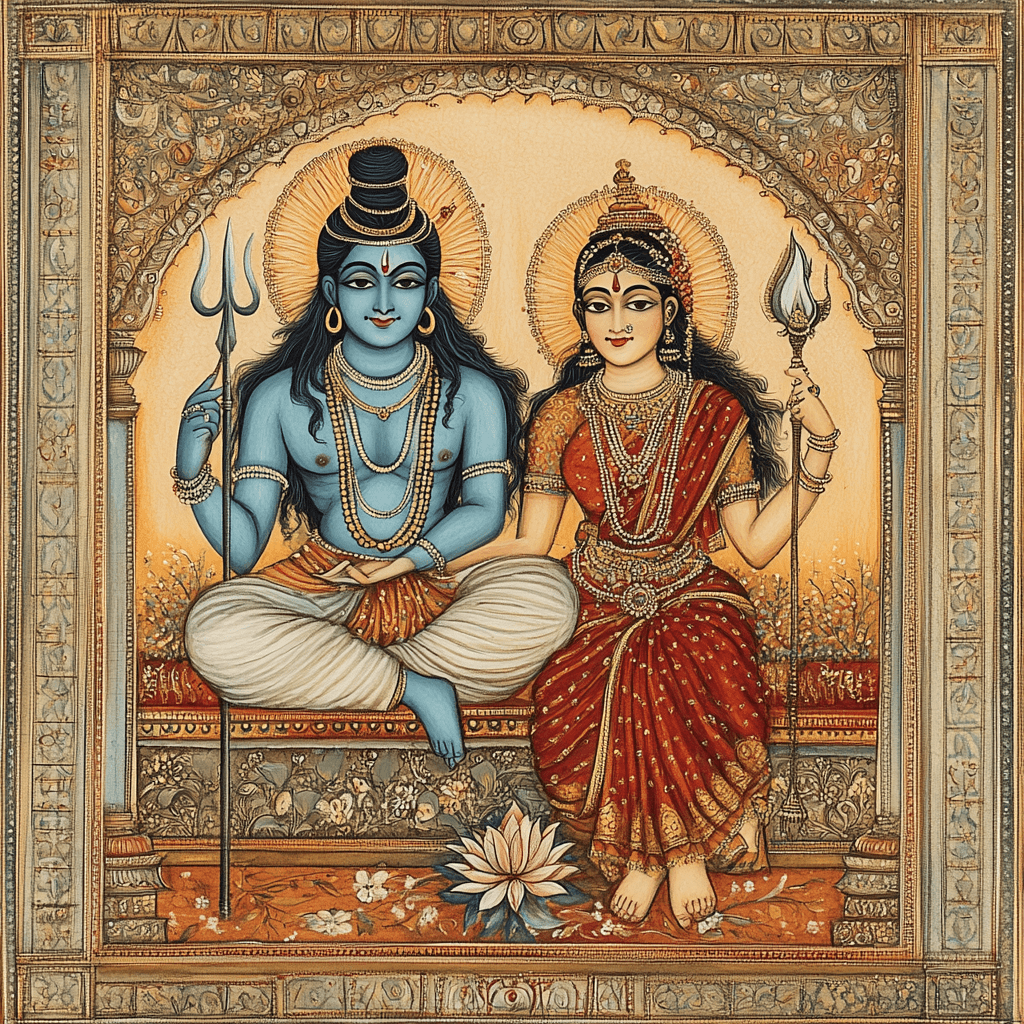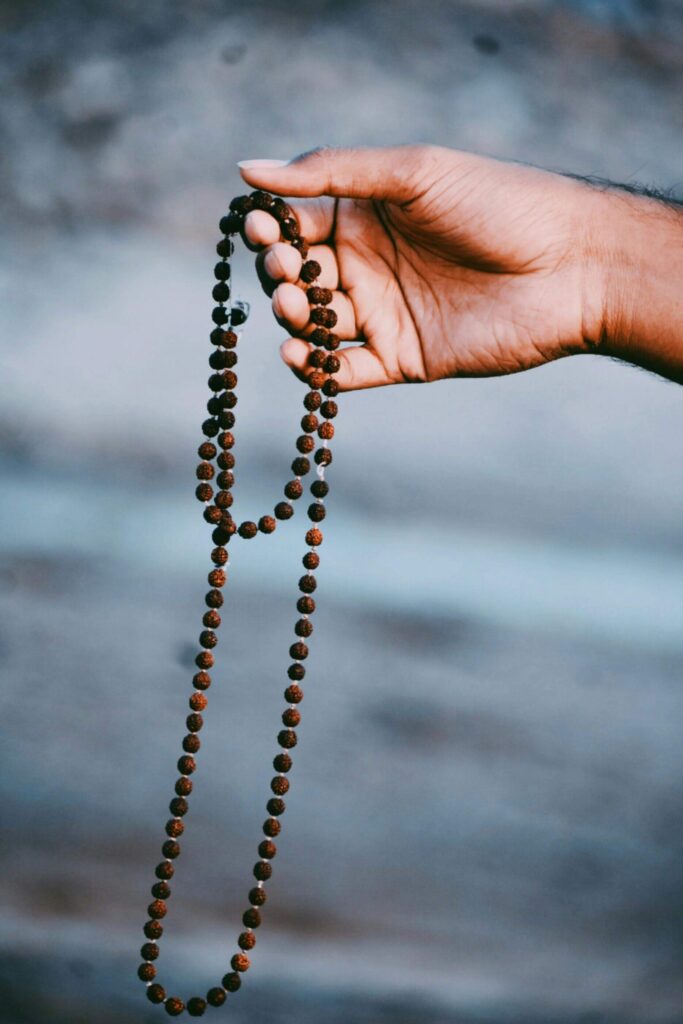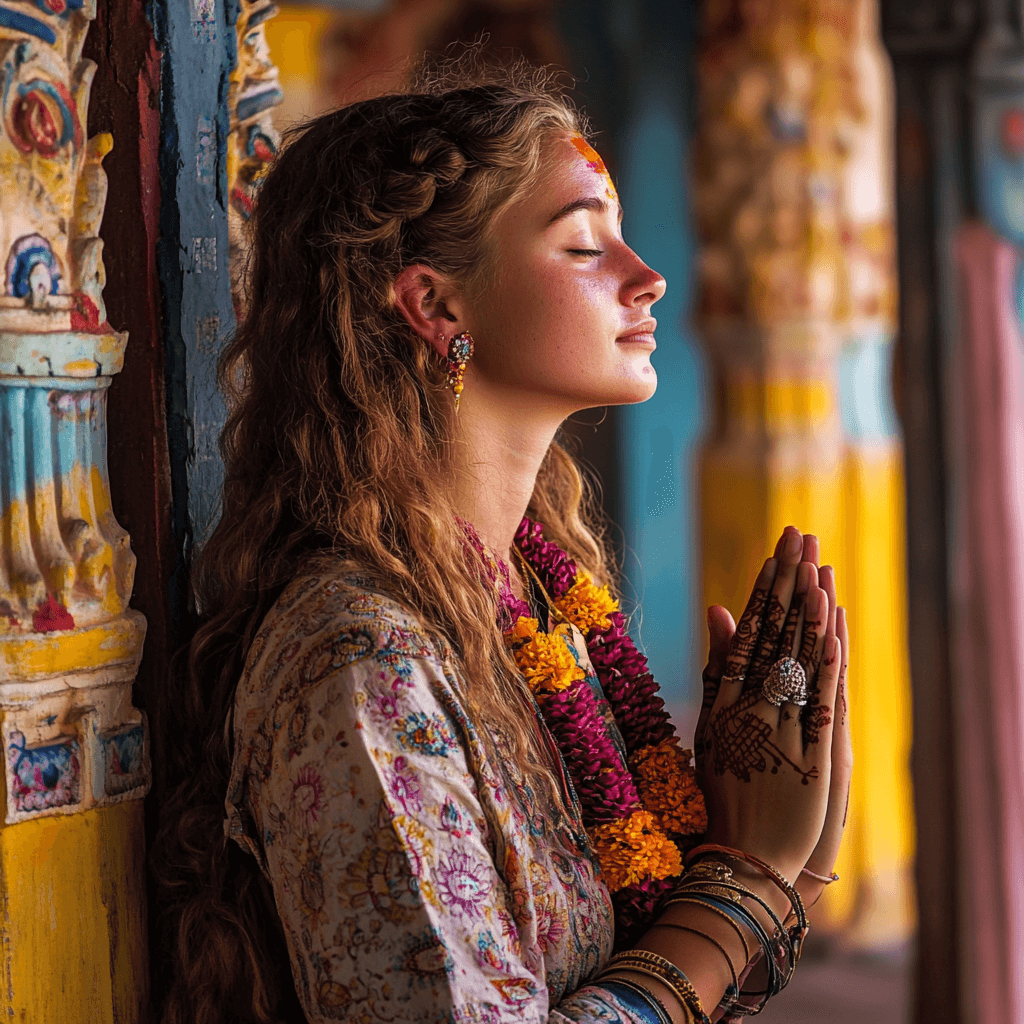
Pooja is a sacred practice that has been performed for centuries to connect with divine energies, bring inner balance, and manifest blessings. Whether you are new to this tradition or looking to deepen your understanding, this guide will take you through a step-by-step process to perform a pooja with sincerity and devotion. The beauty of pooja lies not in rigid rituals but in the heartfelt connection you establish with the divine forces. Through this practice, you can cultivate spiritual alignment, clear karmic patterns, and invite grace into your life.
Performing a pooja is a sacred way to connect with divine energies, amplify their presence in your life, and invite blessings. Whether you are a complete beginner or have some spiritual background, this guide will walk you through a simple yet profound way to perform a pooja.
No specific religious beliefs or conversions are required—this is about honoring energies that already exist within and around us. Many have experienced powerful transformations by following the pujas prescribed in their Palm Leaf Reading. We highly encourage you to embrace this practice and witness its impact in your life.
One of the most commonly recommended poojas is the Shiva and Shakti Full Moon Pooja.
In the tradition of Nadi Astrology, Shiva and Shakti are seen as the divine pair—the union of consciousness and creative power. Their dance of balance forms the foundation of existence. Performing this pooja helps align your life with these fundamental cosmic principles.

A pooja is a deeply personal practice. While traditional rituals include offerings such as flowers, fruits, and candles, what matters most is your connection to the energy invoked. If certain steps feel unfamiliar or unnecessary, you may simplify the process. As your practice deepens, you might find these additional steps meaningful and enriching.
Place the image of Shiva and Shakti on your altar. Arrange your offerings and ensure your phone is on silent or in another room.
Sit comfortably on the floor or in a chair. Close your eyes, take deep breaths, and allow your mind to settle. Feel your heart center opening to the divine.
Express your gratitude and intention for the puja, either aloud or silently. You may use the following invocation:
“With gratitude to all the spiritual masters, Sri Agastya and the Rishis, all deities, and benevolent life-serving forces in this universe, I consecrate this pooja to the awakening of divine consciousness within me. May this practice cleanse my karma, realign my life, and invite divine grace into my journey. I honor and invoke [the deity] with love and devotion. May this presence manifest for the highest good.”

After chanting, sit quietly with your eyes closed. Absorb the energy invoked, feeling peace, stillness, and divine presence. Remain in this space as long as you like.
End with gratitude. You may use this simple prayer:
“Shiva and Shakti, divine consciousness and energy, I bow to you with deep reverence. Thank you for your presence in my life. May I walk in harmony, clarity, and devotion, aligned with the highest truth.”
This completes the pooja.
For a more condensed version:
This simplified version is perfect for busy schedules, travel, or workplace practice.

Performing a pooja is more than a ritual—it is a bridge between the seen and unseen, the manifest and unmanifest. Each repetition of the mantra, each offering, and each moment of devotion shifts energy, clears karma, and opens the heart to grace.
Many who have followed their palm leaf-prescribed poojas report remarkable changes—clarity, healing, and a renewed sense of purpose. By honoring these sacred practices, you align with the cosmic forces that guide and support your journey.
Are you ready to discover the pujas meant for you? Search for Your Palm Leaf Now and take the next step in your spiritual evolution
published: 22/06/2022.